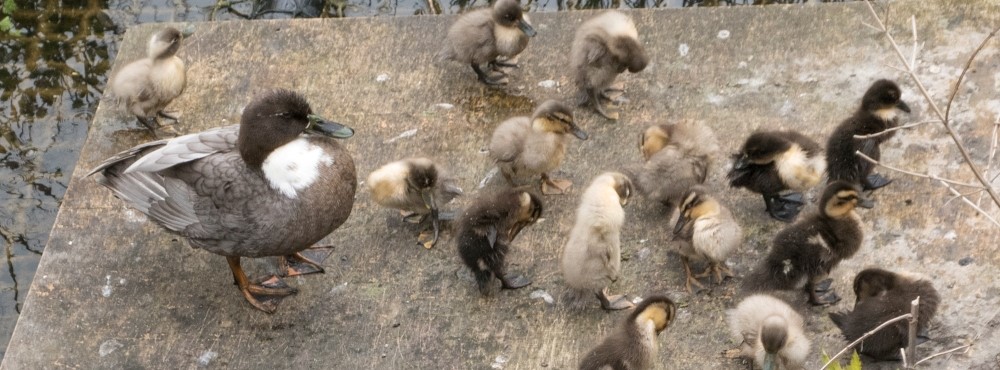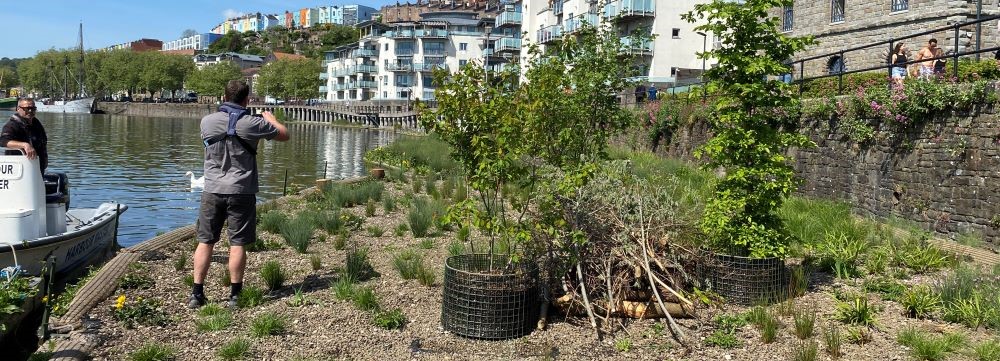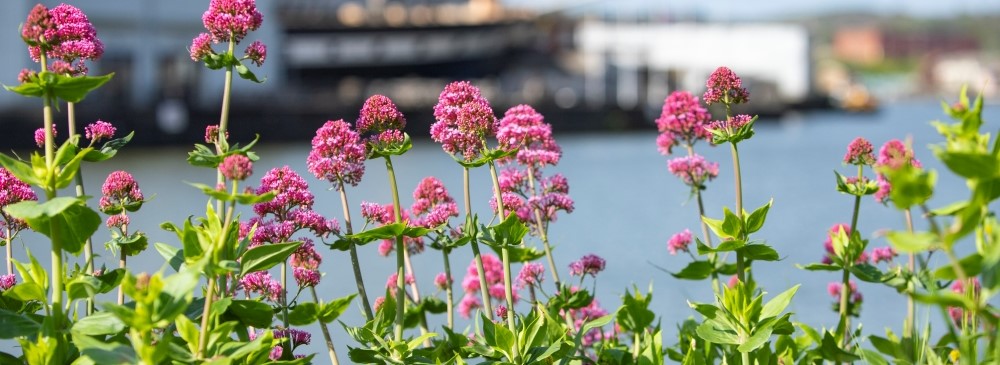Types of wildlife, water quality, floating ecosystems and community groups
Types of wildlife

We have many different birds around the harbour, including:
- mute swans
- mallard ducks
- herring and lesser black-backed gulls
- cormorants
- kestrels
- house martins
The harbour has several different types of fish, including:
- pike
- bream
- roach
- eel
Otters

An otter was recently seen climbing over the lock gates at Cumberland Basin.
We have put an otter holt in the floating ecosystems at Capricorn Quay and hope it will soon become home to more otters.
Water quality
Although the water may look brown and dirty, it is full of life and very clean. The brown colour is caused by mud mixed in with the water.
The harbour hasn't always been so clean. 150 years ago the Floating Harbour would have been very smelly and dirty. This was because most of Bristol's sewage flowed into the water, polluting it. This was stopped in the early 1970s.
Nowadays, the water is tested every week to make sure it's safe and clean for people and wildlife.
Floating ecosystems

A floating ecosystem has been installed at Capricorn Quay, to encourage wildlife and contribute to the biodiversity of the area.
The floating ecosystems include:
- 6,200 native aquatic plants
- 24 native trees
- open pools to give otters and diving birds such as Grebe and Guillemots access to the floating islands
- an otter holt
Community or environment groups
The Harbour Stakeholder Group has 12 representatives from clubs and organisations who use the harbour. The group consult with the Harbour Committee on matters such as conservation, safety and maintenance of the harbour.
A volunteer group to help maintain the floating ecosystems at Capricorn Quay is currently being established.
